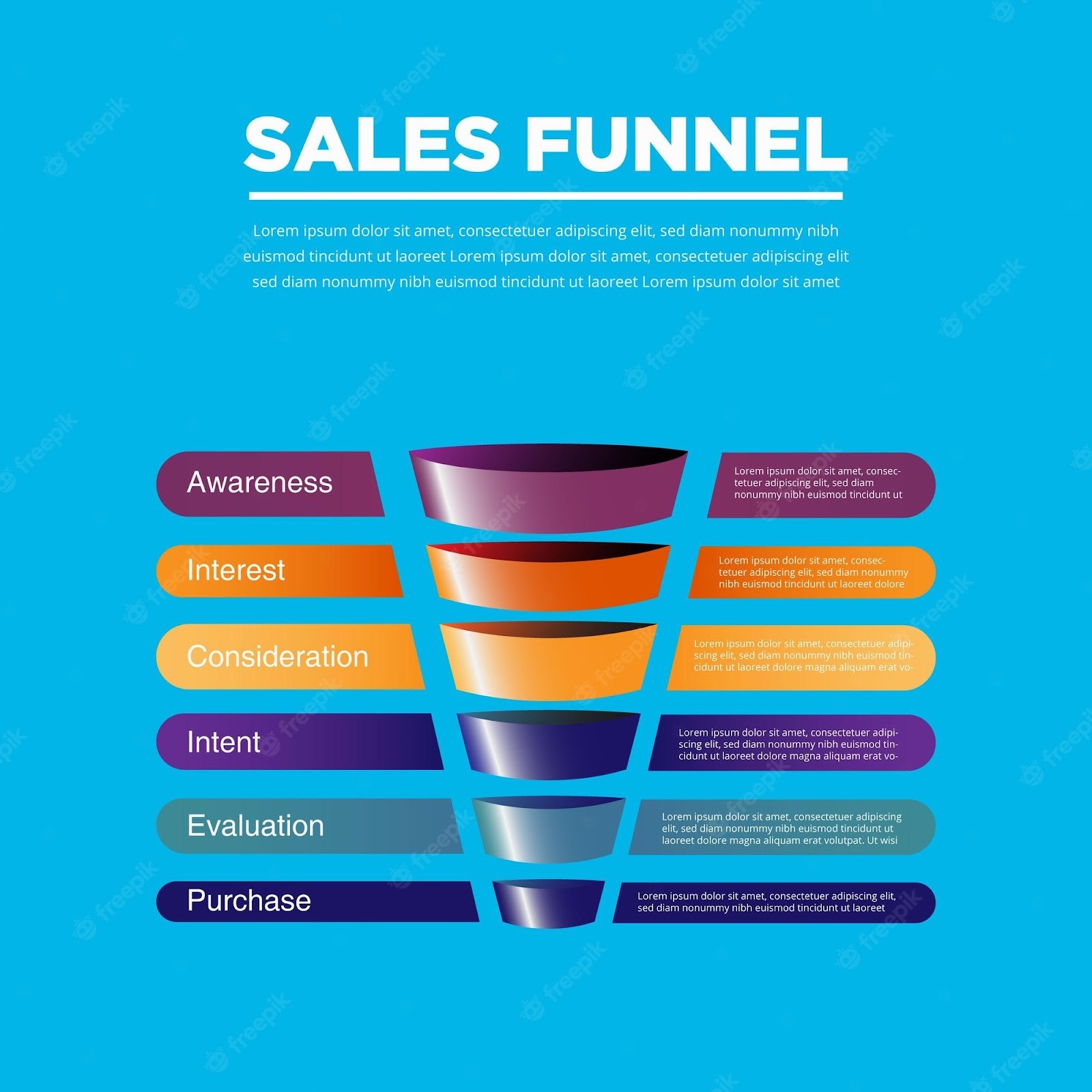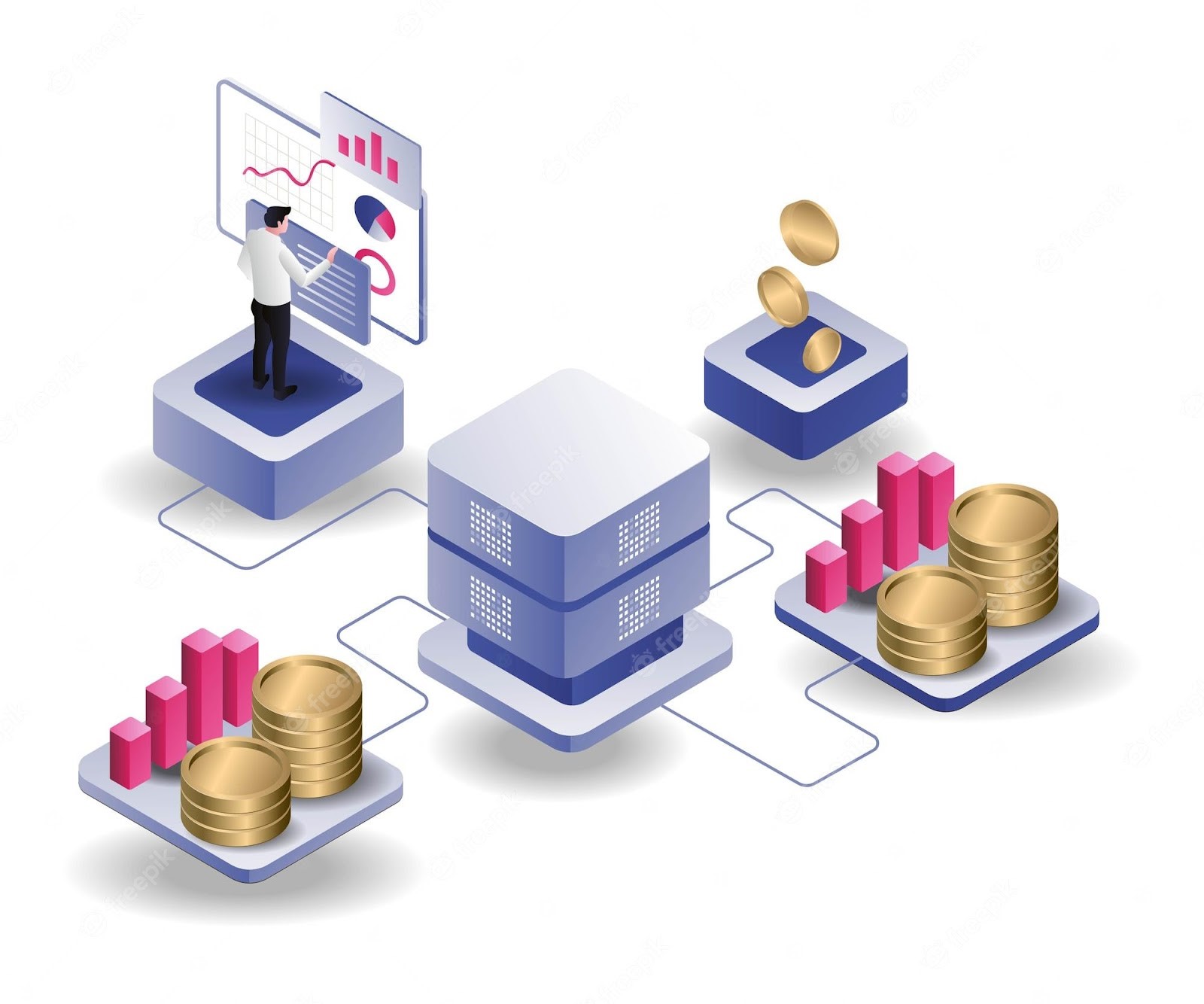A sales pipeline is a systematic approach to managing and evaluating the sales process. It’s an essential tool for businesses of all sizes to identify areas for improvement, track progress, and increase sales. In this article, we’ll look at the importance of having a sales pipeline, how to set it up, and the benefits of a well-managed pipeline.
Introduction to the sales pipeline
A sales pipeline is a visual representation of the sales process, from lead generation to deal closing. It is a systematic approach to managing the sales process, which tracks progress in the sales cycle, identifies areas for improvement and increases sales. The pipeline consists of several stages, which represent the different phases of the business activity process. Each stage has specific criteria that must be met before proceeding to the next stage.
The importance of having a sales pipeline
A sales pipeline is essential for businesses of all sizes, as it helps identify areas for improvement, track progress, and grow sales forces. Without a sales pipeline, the sales team may not have a clear understanding of their sales process, which can lead to missed opportunities, lost revenue, and reduced productivity. A well-managed sales pipeline helps ensure that the sales process is efficient and effective, and that sales teams are working towards specific goals.
Understand the sales pipeline process
The sales pipeline process consists of several stages, which represent the different phases of the marketing actions process. These stages include generating leads or new clients, qualifying, pitching, proposing, and closing. Each stage has specific criteria that must be met according to the scorecards before proceeding to the next stage.
- Lead generation : The first stage of the sales pipeline is lead generation . This is to identify potential customers who may be interested in the product or service offered. Lead generation can be done through different methods, such as: cold calling, email marketing, social media and advertising prospecting.
- Qualification : The second stage of the sales pipeline is qualification. It is a question of determining if each customer corresponds well to the product or to the service proposed. Qualification consists of gathering information about the prospect, such as: their needs, their budget and their schedule.
- Presentation : The third stage of the sales pipeline is the presentation. It is about presenting the product or service to the qualified prospect. The presentation can be done by B to B commercial prospecting , by telephone prospecting or by video prospecting.
- Proposal : The fourth step in the sales process is the proposal. This involves creating a proposal that describes the product or service offered, the cost, and the terms.
- Closing : The final step in the sales process is closing. This is to finalize the sale and get the customer to sign the contract or make the purchase.
Stages of a sales pipeline
The sales pipeline consists of several stages, each of which is essential to moving the customer through the sales process. The stages of a sales pipeline include lead generation, qualification, presentation, proposal, and closing. Each stage has specific criteria that must be met before proceeding to the next stage.
- Lead Generation : The first step in the sales process is lead generation. This is to identify potential customers who may be interested in the product or service offered.
- Qualification : The second step in the sales process is qualification. This is to determine if a prospect is a good match for the product or service offered.
- Presentation : The third step in the sales process is the presentation. It is about presenting the product or service to the qualified prospect.
- Proposal : The fourth step in the sales process is the proposal. This involves creating a proposal that describes the product or service offered, the cost, and the terms and conditions.
- Closing : The final step in the sales process is closing. This is to finalize the sale and get the customer to sign the contract or make the purchase after invoicing.
Establish an effective sales pipeline
Building an effective sales pipeline requires careful planning and execution. The following steps help establish an effective sales pipeline:
- Step 1 : Define the sales process
The first step in setting up an effective sales pipeline is to define the sales process. This involves identifying the stages of the sales process and the criteria that must be met at each stage.
- Step 2: Identify key indicators
The second step is to identify the key metrics and customer data that will be used to measure the success of the sales pipeline. These can include the number of leads generated, conversion rate, and average deal size.
- Step 3: Set Goals
The third step is to set goals for the sales pipeline. These objectives must be specific, measurable, achievable, relevant and time-bound.
- Step 4: Create a sales pipeline
The fourth step is to create a sales pipeline that outlines the stages of the sales process, and the criteria that must be met at each stage.
- Step 5: Train the sales team
The fifth step is to train the sales team on the sales pipeline, including the stages of the sales process and the criteria that must be met at each stage of marketing campaigns.
Create a sales pipeline
Creating a sales pipeline requires careful planning and execution. Here are the steps for creating a sales pipeline:
- Step 1: Define the sales process
The first step in creating a sales pipeline is to define the sales process. This involves identifying the stages of the sales process and the criteria that must be met at each stage.
- Step 2: Identify key indicators
The second step is to identify the key metrics that will be used to measure the success of the sales pipeline. These can include the number of leads generated, conversion rate, and average deal size.
- Step 3: Set Goals
The third step is to set goals for the sales pipeline. These objectives must be specific, measurable, achievable, relevant and time-bound.
- Step 4: Create a sales pipeline
The fourth step is to create a sales pipeline that outlines the stages of the sales process and the criteria that must be met at each stage.
- Step 5: Train the sales team
The fifth step is to train the sales team on the sales pipeline, including the stages of the sales process and the criteria that must be met at each stage.
Common mistakes to avoid in sales pipeline management
Managing the sales pipeline can be challenging, and there are several common mistakes your sales strategy needs to account for. Here are the mistakes to avoid in sales pipeline management:
- Not defining the sales process : One of the biggest mistakes sales management teams make is not defining the sales process. Without a defined sales process, it can be difficult to track progress, identify areas for improvement, and increase sales performance.
- Not setting goals : Another mistake made by technical sales departments is not setting goals for the sales pipeline. Goals are essential for measuring the success of the sales pipeline, and without them, business development may not have a clear understanding of their progress.
- Not Tracking Metrics : Another mistake made by sales teams is not tracking trading metrics and tools. Indicators are essential to measure the success of the sales pipeline and a good commercial follow-up. Without them, the business manager may not have a clear understanding of their progress.
- Not training the sales team : Another mistake made by sales teams is the lack of sales pipeline training. Without proper training, sales teams may not clearly understand the sales process and customer relationship management. Which can lead to missed opportunities, lost revenue and reduced productivity.
Tools and software to use for sales pipeline management
There are several tools and software for sales pipeline management. These tools can help sales teams track progress, identify areas for improvement, and increase sales. Here are some of the tools and software to use for sales pipeline management:
- CRM Software : CRM software or crm system is essential for sales pipeline management as it helps to track leads, manage customer information and automate sales processes.
- Sales pipeline management software : Sales pipeline management software is designed specifically to manage the sales pipeline. It allows you to track progress, prospect, identify areas for improvement and increase sales.
- Lead generation software : Lead generation software makes it possible to identify and prospect potential customers likely to be interested in the product or service offered. This software can be used to automate lead generation processes, such as: email marketing and social media marketing.
- Email marketing software : Email marketing software is essential for sales pipeline management, as it helps automate email campaigns and track their effectiveness.
The Benefits of a Well-Managed Sales Pipeline
A well-managed sales pipeline can have several benefits for businesses of all sizes. Here are the benefits of a well-managed sales pipeline:
- Increased sales : A well-managed sales pipeline can lead to increased sales because it helps identify areas for improvement and track progress.
- Improved efficiency : A well-managed sales pipeline can improve efficiency, as it helps automate sales processes and track sales management tool progress.
- Better customer relationships : A well-managed sales pipeline can lead to better customer relationships because it tracks customer information and personalizes the sales process.
Conclusion
In conclusion, a well-managed sales pipeline is essential for businesses of all sizes. It helps identify areas for improvement, track progress, and increase sales. By following the steps in this article, sales teams can build an effective sales pipeline and avoid common mistakes. By using the tools and software available for sales pipeline management, sales teams can improve efficiency, automate sales processes, and track progress. A well-managed sales pipeline can lead to increased sales, improved efficiency, and better customer relationships.
Why is it important to make sales forecasts?
How to make sales forecasts?
What are common mistakes to avoid when forecasting sales?
How do you know if sales forecasts are accurate?
How can sales forecasts help in making business decisions?
What are the benefits of using sales forecasting software?











